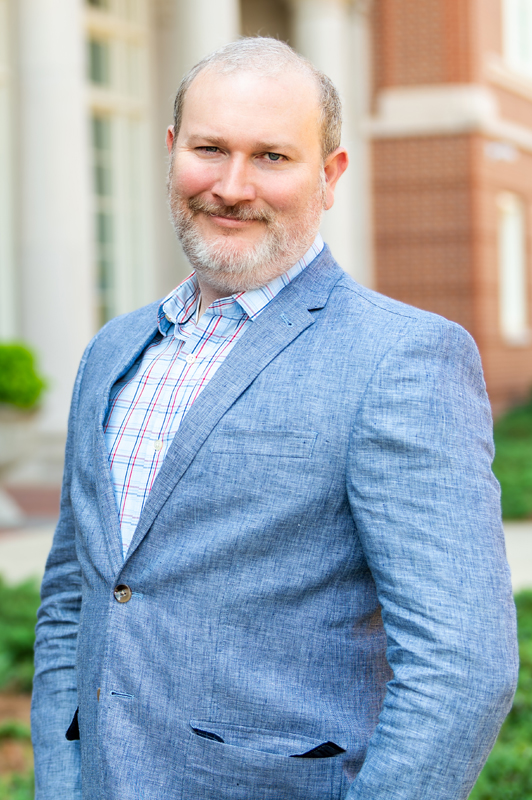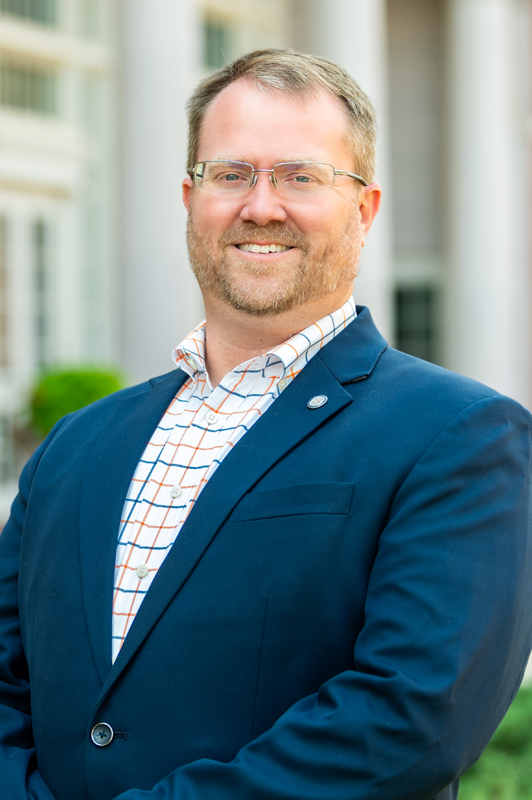NASA selects Auburn mechanical engineering students to contribute to Artemis missions
Published: Jul 25, 2024 4:00 PM
By Jeremy Henderson
He knew Auburn had a good shot at being selected, regardless of the criteria. (Auburn and NASA? Name a more iconic duo. You can't.)
But Kyle Schulze, assistant professor of mechanical engineering, still didn't expect the Moon to Mars eXploration Systems and Habitation (M2M X-Hab) Academic Innovation Challenge to be as competitive as it was.
NASA and the National Space Grant Foundation were after teams of senior and graduate-level engineering students "to develop advanced and innovative design ideas that will help in solving Artemis mission challenges." In the end, they went with just three: The University of Michigan, the University of Maryland, and then the school with more than 500 alumni — including six astronauts and three of the 10 Kennedy Space Center directors — who have worked for NASA, Auburn University.
"Dr. Bob Ashurst, who directs the Makerspace, sent me some information about the challenge," Schulze said. "And when I saw one of the proposal topics on the project call — Crew Mobility Modalities Inside Moon/Mars Habitats — I just thought 'we should be putting our hats in this ring.'"
It wasn't just that helping astronauts roam the Red Planet aligned with his personal research interests; Schulze specializes in, among other things, friction, adhesion and wear. It was that it seemed like a homerun for the Department of Mechanical Engineering.
"This is something we can definitely do," Schulze said. "We have a lot of expertise in this college and in this department. We have a lot of resources. We have a lot of really bright students."
And so, come fall, Schulze will design a senior design project for 10 Auburn Engineering students aimed at tackling the challenges of moon and Martian maneuverability.
It could turn into a sticky situation.
"You've seen geckos walking up walls and windows, right? Well, that was basically the inspiration of our proposal — synthetic setae," Schulze said. "Or, basically, artificial gecko hands and feet. Right now, that's what our students will likely be doing — coming up with proof of concept for allowing astronauts to have that same kind of freedom of movement inside moon or Mars habitats."
It sounds cool. But simple it's not.
"It's more than just mimicking the gecko's sticky toes," Schulze said. "You need these artificial features to be super durable, able to handle repeated use without getting damaged. That's where really understanding surface properties and interactions comes in — things like friction, roughness and adhesion."
Tribology, in other words — a subject Auburn has a pretty good handle on. In addition to Schulze, the mechanical engineering department also counts Rob Jackson, Albert Smith Jr. Professor of mechanical engineering, among its ranks. In addition to heading up the department's tribology minor, which is in its 12th year, Jackson was recently tapped as the new editor of the American Society of Mechanical Engineers (ASME)'s Journal of Tribology.
That kind of collective expertise among faculty can't help but inform the inventiveness of students, Schulze said. And he doubts the Artemis project will be an exception.
"One promising, possible solution the team will likely be working on is the use of 'smart surfaces' — a material that can change its stiffness and texture on command — that astronauts can actually control," Schulze said. "The challenge there, though, is how to design this material and these shapes so they can withstand the unique issues of extraterrestrial use."
Another option? Adding a liquid-operated system to change the size and shape of an astronaut's mobility device.
"Whatever the team ends up going with, I'm just excited to help facilitate this kind of opportunity," Schulze said. "The co-PI on the project is Dr. Jordan Roberts, the director of the Design and Manufacturing Lab, and for our students to be able to put their stamp on something that could be incorporated into future science of this magnitude? It's a big deal," Schulze said. "I'm just glad we can provide that for them, and I'm glad we're recognized as a school that can live up to this kind of challenge. Because we can — that's why we applied. We're Auburn."

The Moon to Mars eXploration Systems and Habitation (M2M X-Hab) 2025 Academic Innovation Challenge is a university-level challenge designed to develop strategic partnerships and collaborations with universities.



